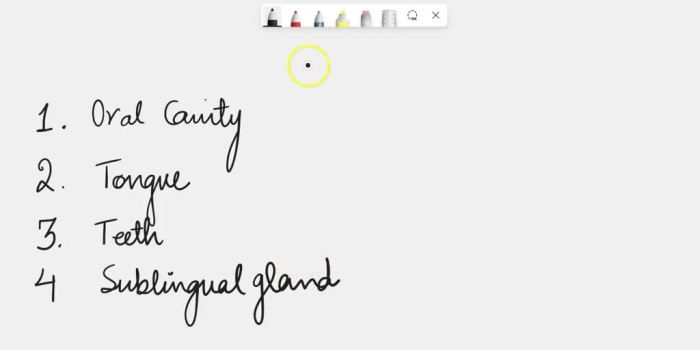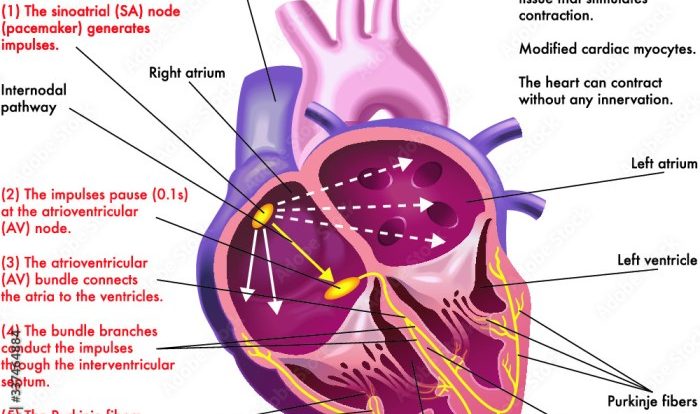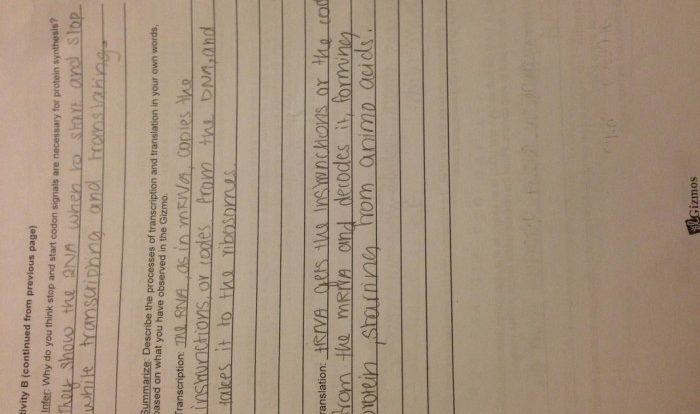Correctly label the following parts of the digestive system. – Correctly labeling the parts of the digestive system is essential for understanding the complex process of digestion. This guide provides a comprehensive overview of the digestive system, its key structures, and their functions.
The digestive system is a series of organs and structures that work together to break down food, absorb nutrients, and eliminate waste. The main organs of the digestive system include the mouth, esophagus, stomach, small intestine, large intestine, rectum, and anus.
Identify the Key Structures of the Digestive System: Correctly Label The Following Parts Of The Digestive System.

The digestive system is a complex network of organs and structures responsible for processing food and extracting nutrients for the body’s use. It consists of a series of hollow organs connected by a muscular tube known as the alimentary canal, along with several accessory organs that support the digestive process.
Primary Organs and Structures of Digestion, Correctly label the following parts of the digestive system.
- Mouth:Chews food, initiates mechanical digestion, and moistens food with saliva containing digestive enzymes.
- Esophagus:Transports food from the mouth to the stomach through rhythmic muscle contractions.
- Stomach:Secretes gastric juices containing hydrochloric acid and enzymes to further break down food into a semi-liquid form.
- Small intestine:Site of nutrient absorption; receives digestive enzymes from the pancreas and bile from the liver to complete digestion.
- Large intestine:Absorbs water and electrolytes from undigested food; stores and eliminates waste material.
- Rectum:Temporary storage site for feces.
- Anus:Expels feces from the body.
Questions Often Asked
What is the function of the stomach?
The stomach secretes gastric juices that break down food and churn it into a semi-liquid substance called chyme.
What is the role of the small intestine?
The small intestine is where most of the digestion and absorption of nutrients takes place. It is lined with villi, which are small finger-like projections that increase the surface area for absorption.
What is the difference between the large and small intestine?
The large intestine is responsible for absorbing water and electrolytes from waste material, while the small intestine is responsible for absorbing nutrients.





